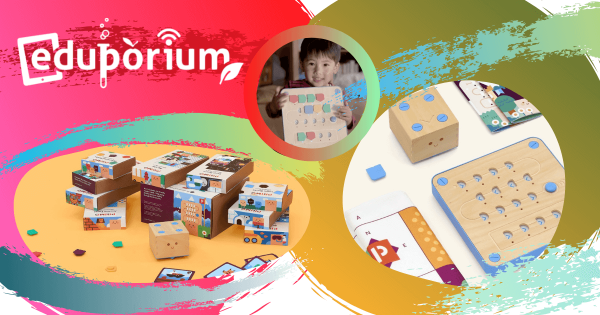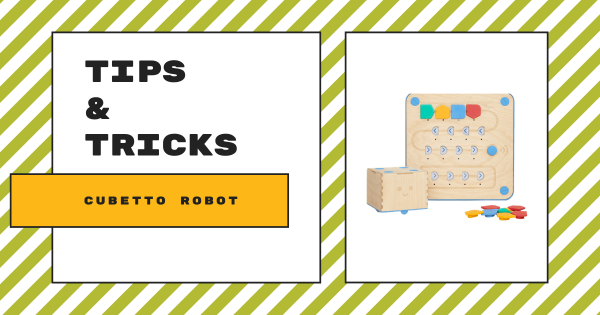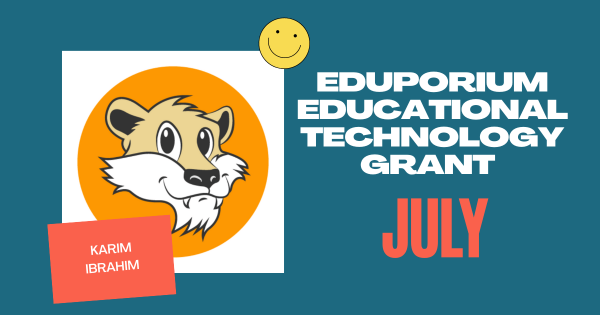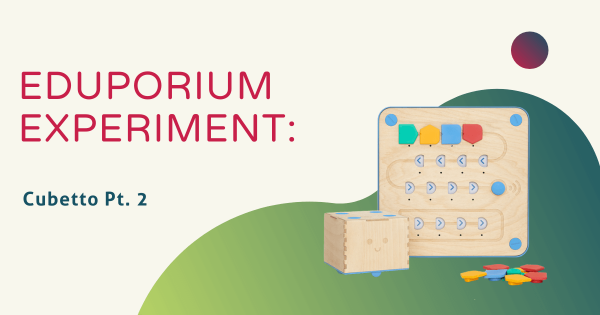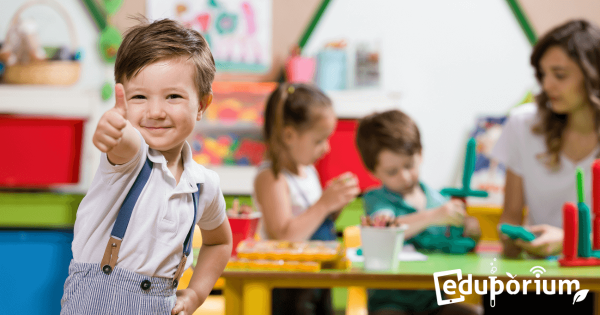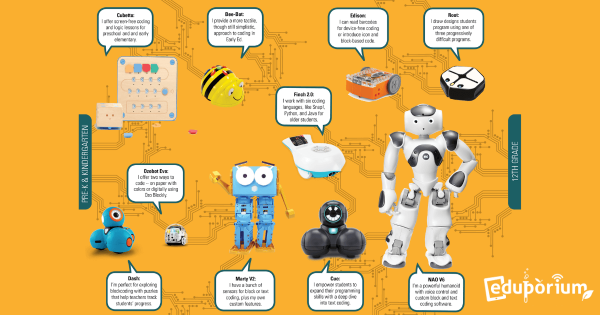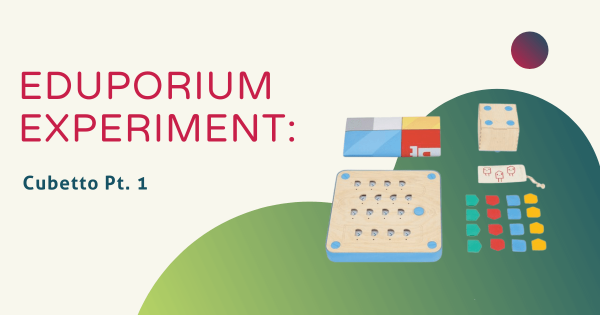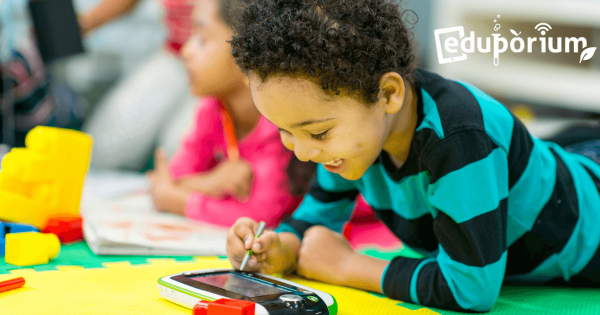The Cubetto is a wooden robot that educators can use to introduce kids to coding at as early as three years old. Perfect for any students in preschool, Pre-K, or kindergarten, it features a 4-part system that’ll help to ease them into learning coding concepts and creative thinking skills. Plus, with these Cubetto bundles, it’s easier to integrate STEM across
Cubetto
One of the most unique STEM education tools, the Cubetto Robot helps instructors redefine early education. Designed specifically for kids in preschool, Pre-K, and kindergarten, this robot system is exceptionally simplistic. It consists of a few main components in the Cubetto Robot itself, the control board, some various blocks, and the Cubetto mats. Creating early coding experiences that are entirely screen-free, the Cubetto Robot helps kids explore core computer science basics without intimidation. They simply place their choice of Cubetto blocks into the control board and power on their robot. Then, it runs the programs based on the commands students have provided, illustrating the connections between inputs and outputs. And, after a bit of time and classroom coding lessons, kids will gain some foundational CS fluencies as they prepare for slightly more advanced coding in the coming years.
Believe it or not, the Cubetto system really is simple enough for preschool-aged children. Not only can they start experiencing authentic coding, they will have plenty of other opportunities to develop their creativity. Using the various Cubetto add-ons and classroom packs, early educators can truly impact STEAM experiences. Despite their young age, kids can begin developing key STEAM skills as well as essential soft skills. These include everything from reasoning to analytical thinking and sequential organization. And, that's in addition to foundational coding skills they will begin building as a byproduct of these experiences. So, while it won't fully helps kids learn all about coding, it's phenomenal at helping young ones develop the basic fluencies to take on the next level of challenges when they're ready. You can find plenty of Cubetto content below and explore all of the classroom robot kits on our store.
-
Tips & Tricks | Teaching Coding With The Cubetto Robot
While it’s considered unique in the world of early education STEM learning, the Cubetto Robot is also fabulously effective. Students as young as three years old can use this device-free robot to start to understand core coding principles and begin developing new, useful logic and computational skills in preschool classrooms. Explore our tips and tricks for getting started! -
Our Technology Grant For July Goes To Karim Ibrahim
Karim’s a kindergarten teacher who’s committed to leading STEM learning opportunities for early education students in the core classroom. Realizing the importance and value of STEM in early education, he’ll also be leading a new afterschool program beginning this fall to help introduce children to EarlyEd coding while also aiming to reduce inequities in STEM access. -
Eduporium Experiment | Cubetto Pt. 2
The Cubetto offers a worthwhile solution with a cute, little, wooden robot that teaches coding—without a device! Just place it on one of its cloth maps, have kids read the story, and send Cubetto on a journey! Cubetto is designed specifically for children in Pre-K and kindergarten to learn the basics of coding—and it’s plenty simple for kids that age! -
Eduporium Featured Educator: Lacey Tobie
Welcome to the Eduporium Featured Educator interview. Each month, Eduporium is highlighting the work of an educator who is using EdTech to empower students. We are so excited to share their stories and their work with you! We hope it will give more educators encouragement to try something new and we’re always looking for more teachers to feature. -
Eduporium Weekly | Using Tech to Help Students in Preschool
Generally, the common belief is that this should start around first, second, or third grade. What if it could start earlier, though? Like even as early as preschool. Those extra couple of years could wind up making a pretty large difference in the development of a child and, who knows, could ultimately help them reach greater heights. -
Teaching STEM with Robotics Tools that Grow with Kids
Robotics kits are incredibly valuable for teaching students the skills they really need to know. They’re useful for shaping real problem solving skills, creativity, and, most importantly, coding. The best part? Students can use robotics tools in any grade—starting in Pre-K with super simple models and continuing through high school with the more complex tools. -
Eduporium Experiment | Cubetto Pt. 1
Some educators prefer to stay away from screens altogether. With that being the case, how can we make sure students are still getting the 21st century education that they need to succeed? Luckily, early childhood education companies, like Primo Toys, are aware of this issue, and they care very much about making this type of critical education accessible. -
Who Says EdTech Tools Don't Belong in Kindergarten?
While teachers and parents may not notice the benefits clearly for another couple of years, using technology to enhance learning for kindergarteners is actually a pretty wise decision. Adding a new wrinkle to early education can help promote inquiry in students, provide opportunities for beneficial collaboration, and help them start to develop both STEM and soft skills.




